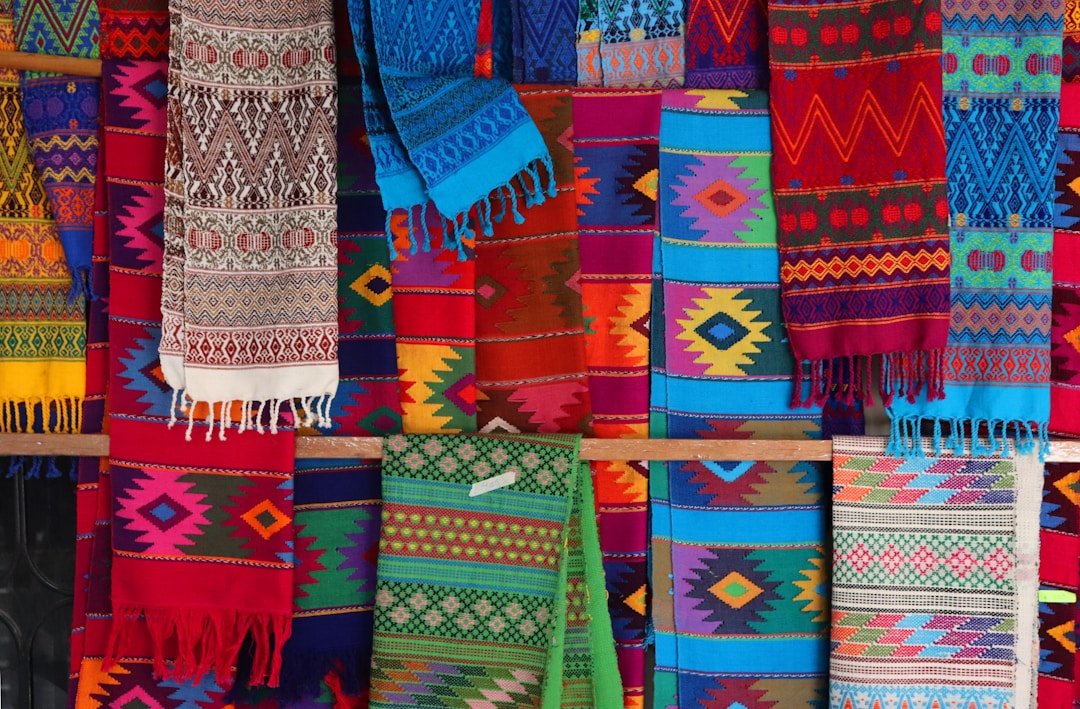Women’s fashion, like other cultural expressions, serves as a canvas to showcase the diversity of styles and influences from around the world. The fusion of global cultures has a strong impact on women’s fashion, allowing designers to blend traditional elements with modern trends to create unique and fashionable looks.
The Use of Traditional Textiles

One of the key ways that global cultures influence women’s fashion is through the incorporation of traditional textiles. These unique fabrics, often produced using time-honored techniques, enable designers to create pieces that stand out and carry a wealth of history within their very threads. Examples of such textiles include African batiks, Japanese kimono silks, and Indian block-printed fabrics, each with its distinct patterns, colors, and textures that can be used to design stunning dresses Canada, skirts, and other garments.
By utilizing these traditional textiles, designers not only celebrate the cultural heritage they represent but also contribute to the preservation of these art forms. Craftsmen and artisans who produce these textiles can continue to practice their crafts and pass down their skills to future generations, ensuring that the beauty of these fabrics remains alive and well for years to come.
Furthermore, the fusion of these textiles with contemporary designs results in unique fashion pieces that connect people from different cultural backgrounds. The diversity in patterns and colors sparks conversation and curiosity, promoting cultural exchange and appreciation for global craftsmanship.
Inspiration from Traditional Garments
Another way that global cultures influence women’s fashion is by serving as inspiration for modern interpretations of traditional garments. Designers often look to the past for ideas and inspiration, and distinctive cultural clothing is a rich source of ideas.
For example, the Chinese qipao, a traditional one-piece dress with a high collar, was popularized in the 1920s and has since undergone many transformations and adaptations. Today, elements of the qipao such as the Mandarin collar and the asymmetrical button closures can be seen in contemporary dresses, jackets, and blouses. Similarly, the Indian kurta, a long, loose-fitting shirt traditionally worn by both men and women, has inspired countless tunics and tops found in many Western wardrobes.
By reinterpreting these traditional garments, designers celebrate and honor the cultural heritage they originate from while making them accessible and appealing to people from all walks of life. This creates a sense of unity and understanding, emphasizing the beauty of our shared human experience through fashion.
Global Icons and Style Influencers

The rise of global style icons and influencers has further contributed to the blending of cultural influences in women’s fashion. These individuals, hailing from various parts of the world, bring their own unique perspectives and tastes to the global fashion scene, resulting in a rich tapestry of style for women to draw inspiration from.
African fashion influencers such as Chioma Ikokwu and Veronica Odeka, for example, have introduced countless women to the beauty of African prints, textiles, and silhouettes. Similarly, Bollywood actress and fashion icon Sonam Kapoor Ahuja has played a major role in promoting Indian fashion both within India and abroad, showcasing the intricate and stunning craftsmanship of traditional Indian garments in a contemporary context.
By showcasing their own cultural heritage through fashion, these global icons and influencers inspire women everywhere to embrace and celebrate the beautiful diversity of styles from around the world, expanding our collective fashion horizons and enriching our understanding of the truly global nature of style.
Overall, the influence of global cultures on women’s fashion is a powerful testament to our shared humanity and appreciation for beauty and craftsmanship. As designers continue to explore the rich tapestry of global cultures and draw inspiration from traditional textiles, garments, and style icons, we can look forward to a fashion world that celebrates our beautiful diversity and fosters understanding and appreciation for the many cultures that make up our shared global experience.




